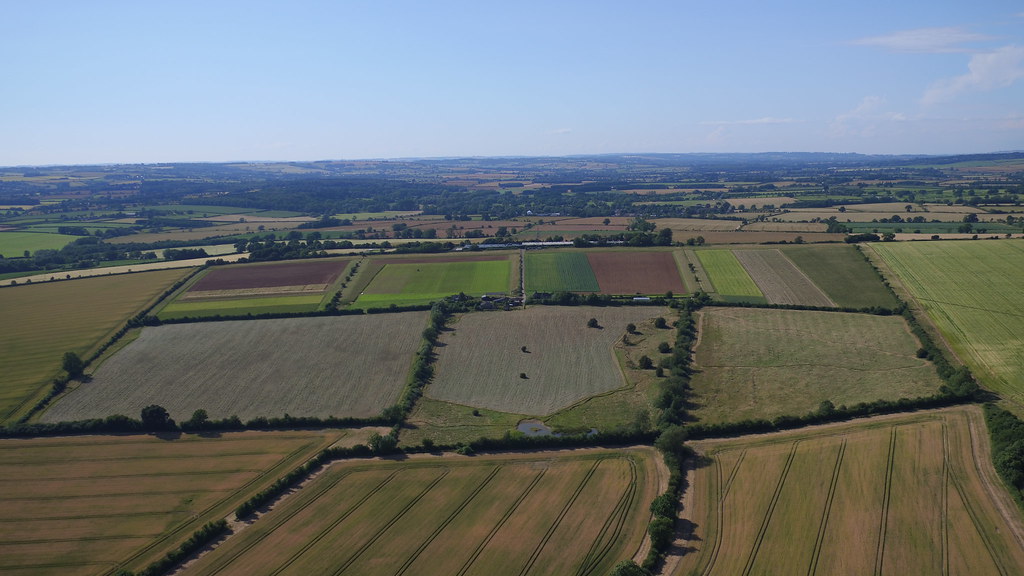Elusive Queens, Super Additions, and Some Pesky Wasps
8/14/2017 02:42:00 pm Beekeeping 0 Comments
We now appear to have a colony of wasps in WBC2. We thought we had sealed up the hive after the bee colony had been lost to wasps, but the invaders have been managing to squeeze in and out of the breather holes at the top of the hive. To combat this Paul has sealed up the holes and put out some wasp traps, so hopefully this nest will die off and we can get it emptied and sterilised, ready for a new bee colony.
This is our only troublesome hive, and the good news is that all of the others are busy and there were lots of bees out and about taking advantage of the good weather.
Combining the Control Plots & Sowing for Winter
This weekend we took advantage of a break in the weather and combined our control plots of spring barley. Since we took over Honeydale four years ago, we have conventionally farmed the two plots totalling 4.6 acres in just the same way they had been managed for decades by the previous owners.
We were delayed slightly by a flat tyre and a slipping belt on the combine, but after we inflated the tyre and re-tensioned the belt we were off. It took us three hours to get the crop in, and it’s now gone to the Adams farm as we have no way of processing it, yet. We have a perennial sowthistle problem in the spring barley plots, which restricts the yield. We harvested 4.5 tons, so about a ton per acre, which is not great, considering the cost of inputs - we used 2 herbicides, broadleaf and graminicide, nitrogen fertiliser and a fungicide.
Away from these control plots, we’re using the time honoured low input/low risk method of farming, and are keeping detailed records of the results to make a proper comparison. Watch this space.
As part of our eight year rotation, we sowed stubble turnips and forage rape for the sheep to graze on over winter, once the grass in the ley has stopped growing. It will also prepare the way for spring wheat which will be sown next spring.
As we found the crop a bit lacking last year we also mixed in some crimson clover to add nitrogen to the soil and to provide a higher protein content in the forage. This is not standard practice but as we are still building soil fertility we’re making use of any opportunity to put in soil improving legumes.
We are still experimenting with the shallow plough but it didn’t work too well, as it wasn’t inverting the old ley, so we had to use the conventional deep plough on this occasion. But we’ll keep persevering with the shallow plough until we perfect the technique.
Honeydale Bird Report 2017
8/14/2017 02:11:00 pm Birds 0 Comments
A Sunnier August
8/09/2017 09:36:00 am Events 0 Comments
On Saturday we held the Wychwood Project Pollinator Day at Honeydale Farm and it can only be described as a HUGE success. All at Honeydale would like to thank everybody who came and showed huge interest in what is happening at the farm, as well as those Cotswold Seeds staff who showed such enthusiasm in making it an enjoyable event for all involved.
Subscribe to:
Comments (Atom)
About Us
It’s always been part of our vision to have a farm as an extension of the Cotswold Seeds business and in 2013 we bought Honeydale Farm, one hundred acres in the Cotswolds. During the past couple of years we've been making huge progress on the farm and this blog was set up to share this progress with our friends in the farming world.
.png)








0 comments: